Experience freedom of communication without
borders
operators
networks
fees !!!
Create your own network, your own rules !!!
First prototypes manufactured in Aisler :

FUSION model - combine best features from both prototypes Manufactured in PCBWAY:

Hardware features:
- SAMD21G18 for desktop version (pocket version use SAMD21E18, more easy to solder in TQFP32)
- QWERTY keyboard
- 40 keys (4x10) desktop version
- 30 keys (5x6) pocket version - 18650 li-on battery
- 1.8 TFT LCD display 128x160 ST7735
- RFM95 long range radio module
- 3 freq. by your country
- IRQ / wake up - Beeper
- Battery charging
- Software RTC with alarms
Working software features:
- Send message ... compose and send message to specified recipient or broadcast
- Receive message ... message is received on background and stored in memory.
- Message editor ... write message about +/- 80 characters long ...
80 is now best readable on full display .... - Message memory ... all send/received messages are stored in memory
- Display memory ... display memory content
- RTC .... display time
- Battery ... display battery voltage
- Config ... user radio configuration spread factor / power
- time set
- check message delivery confirmation
- contact list display and check online contacts
- select recipient or broadcast
- sort from memory by contact
- BEST working feature - resend undelivered messages
if delivery fail, message is stored with "undelivered" attribute. Every station at power on broadcast "Ready receive status", then if any near station receive this broadcast and have undelivered message automatically try send this messages,
if then receive confirmation mark messages in memory as DELIVERED :)
TODO software features:
- add message encryption
- think about message forward (mesh)
- add some USB link features like work as usb modem, send receive/message from PC terminal
- GPS position parse
STEM Learning:
What you can learn on this board?
- modern architecture based on M0 arduino zero compatible, with lot memory and native USB
- QWERTY keyboard matrix reading
- complex input/output HID processing read keyboard data,
- create and display graphics, save data to flash, send results over radio or usb
- radio communication with world best, most advanced long range radio technology
- work with I2C sensors or process GPS data
- learn lot about network architecture, packets, communication, addresing, delivery confirmation
- RTC clock and alarms
- power management, sleep, wake by alarm, wake on receive
( all this things I learning now on this project)
Production and marketing plans:
Hardware is very simple and easy to solder by hand (in pocket version with SAMD21E18), low active component count make it very attractive as learn to solder kit. Unfortunately SAMD21 come without bootloader, this is little problem because SAMD need special tools to burn bootloaders, I have no experience how much is complicated burn bootloader in factory on bare unsoldered chip. I suggesting sell this as semi populated board > PCBA all active components except buttons and radio module (Unsoldered radio module give small advantage because there is 3 world frequencies) Why TH tactile switches? because is very important to precise align with front cover plate and this can be little hard with hand.
SWOT analysis
Strengths:
- no competition with almost finished and working communicator
- compact design
- qwerty keyboard, much user friendly than encoders or arrow keys
- officially supported Arduino powerful microcontroller with lot free memory and computation power
- using only 15% memory now, unlimited future enhancements
- extremely simple just one easy solder chip and buttons, cheap and low component count
- low power consumption
- color graphics display
Weaknesses:
- no community, no users (maybe because I have not started selling )
- currently no mesh networking or advanced message routing
- my programing knowledge is limited (I quickly learning)
Opportunities...
Read more » bobricius
bobricius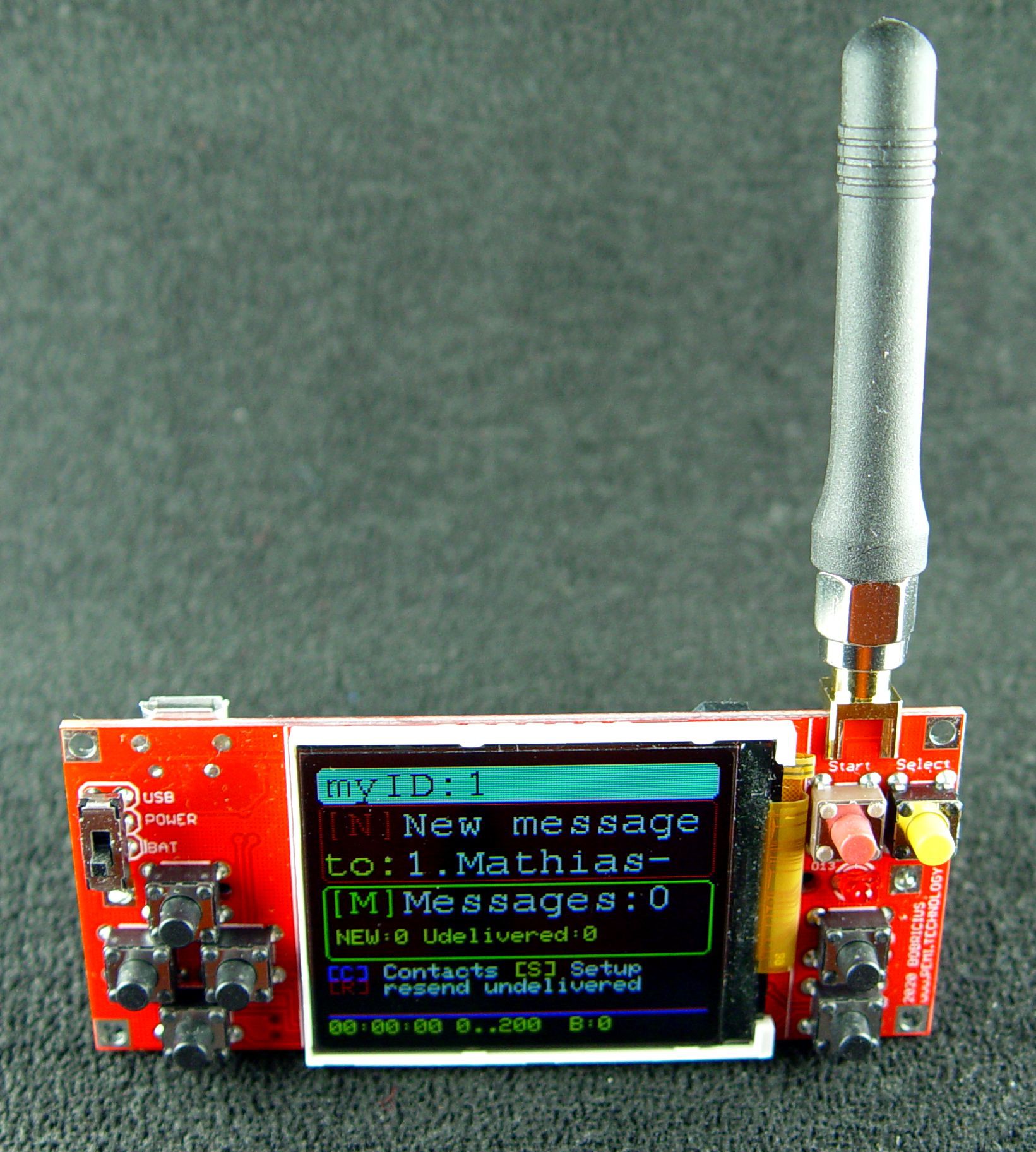
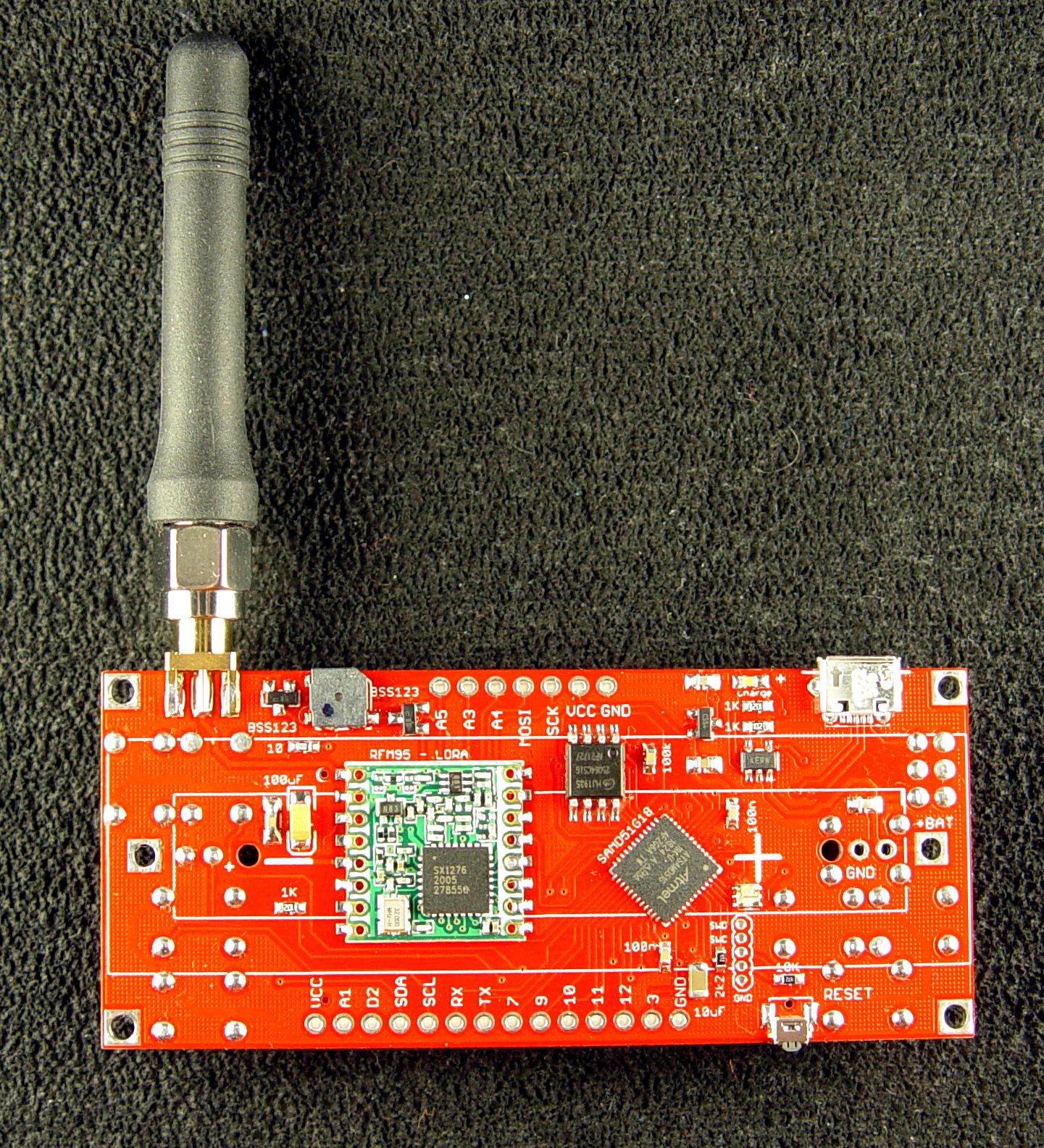

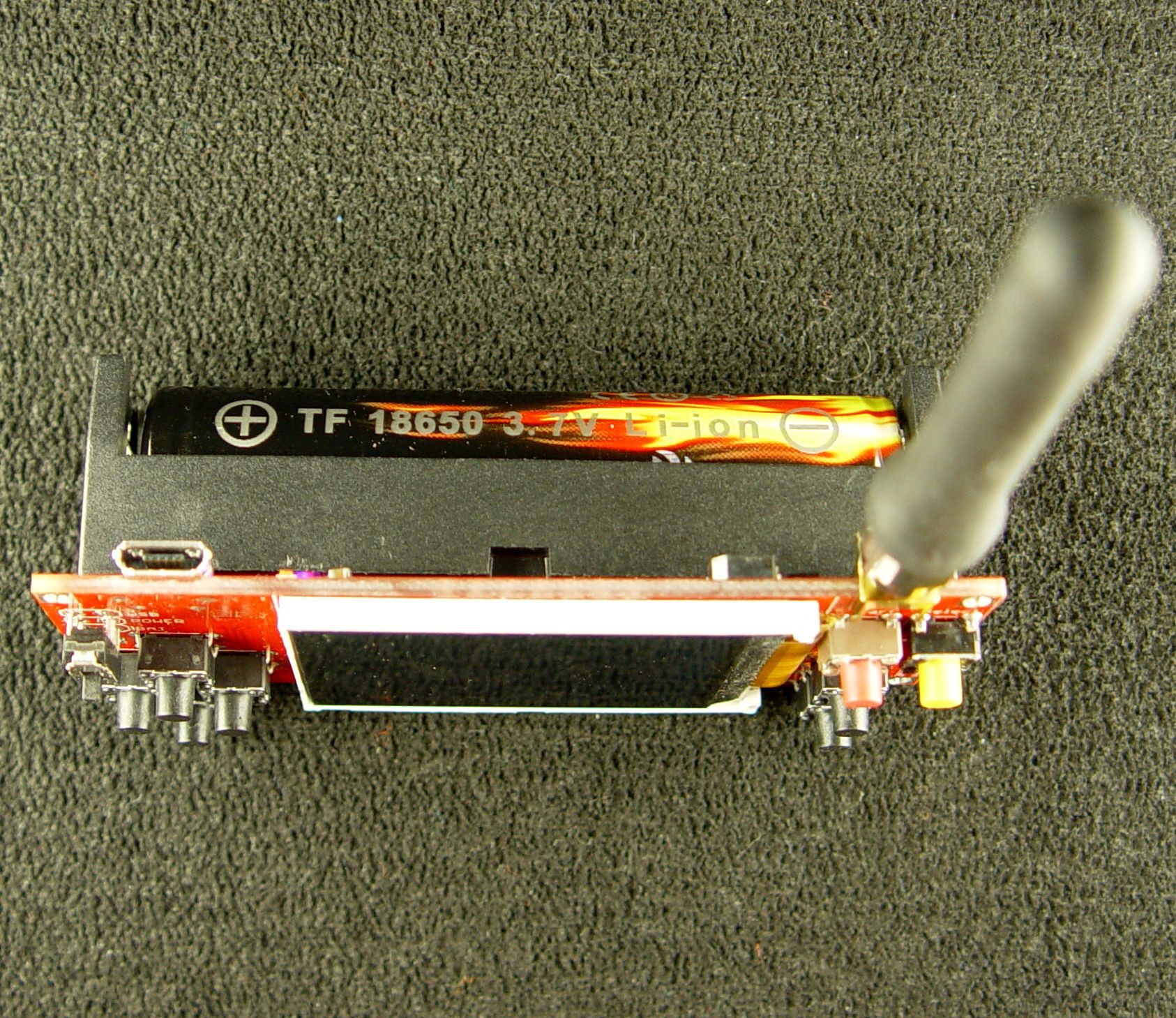

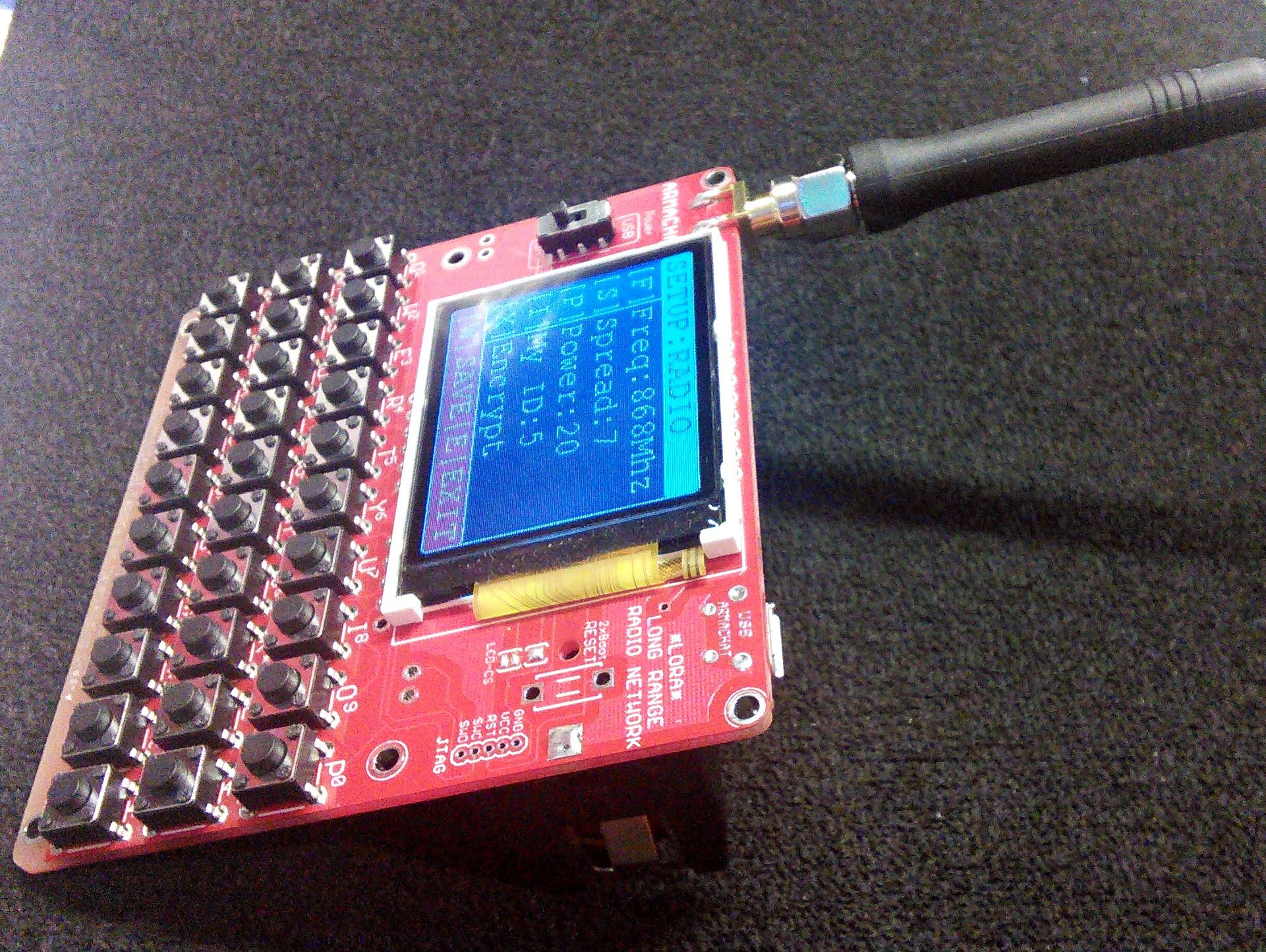

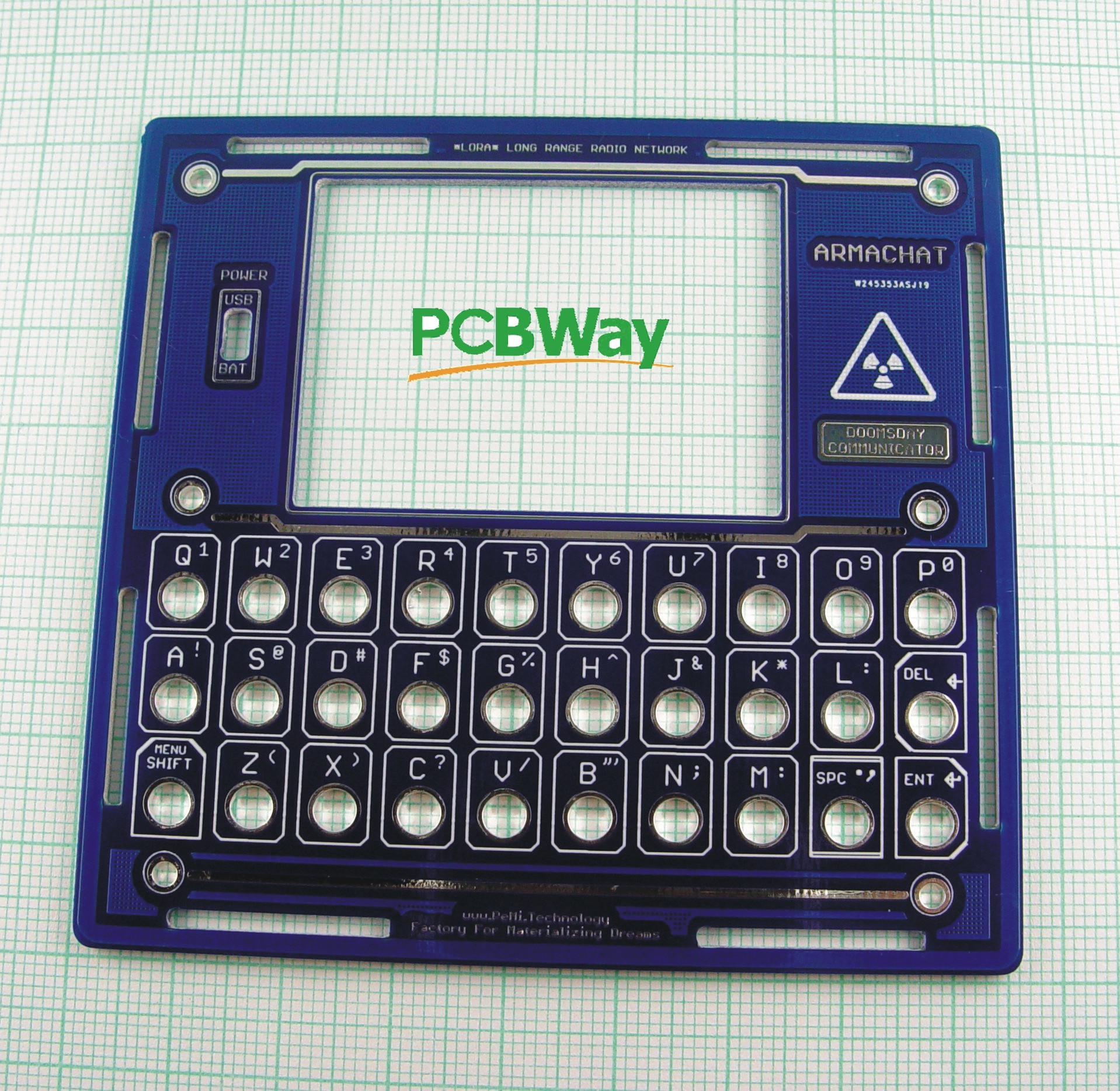

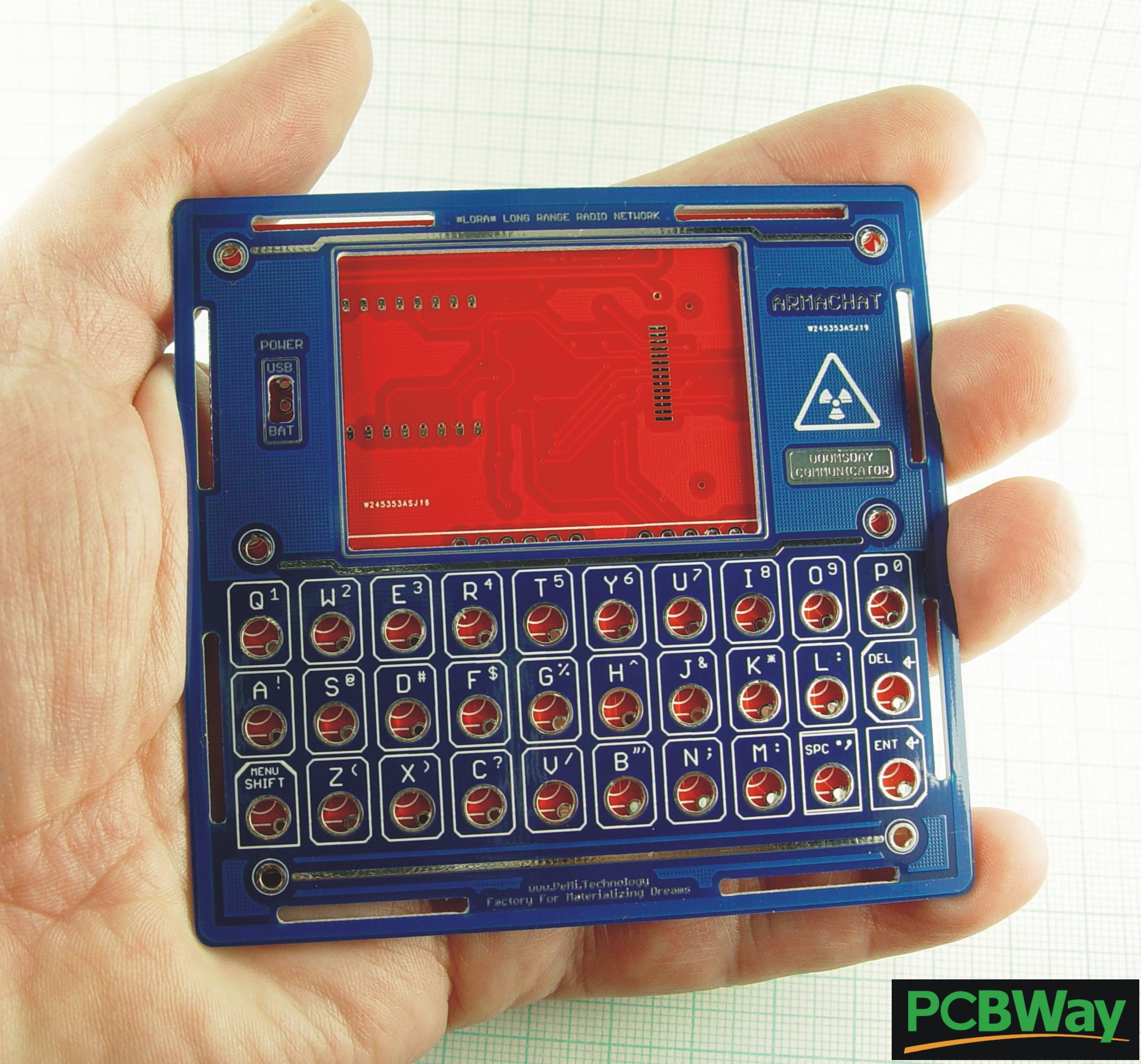


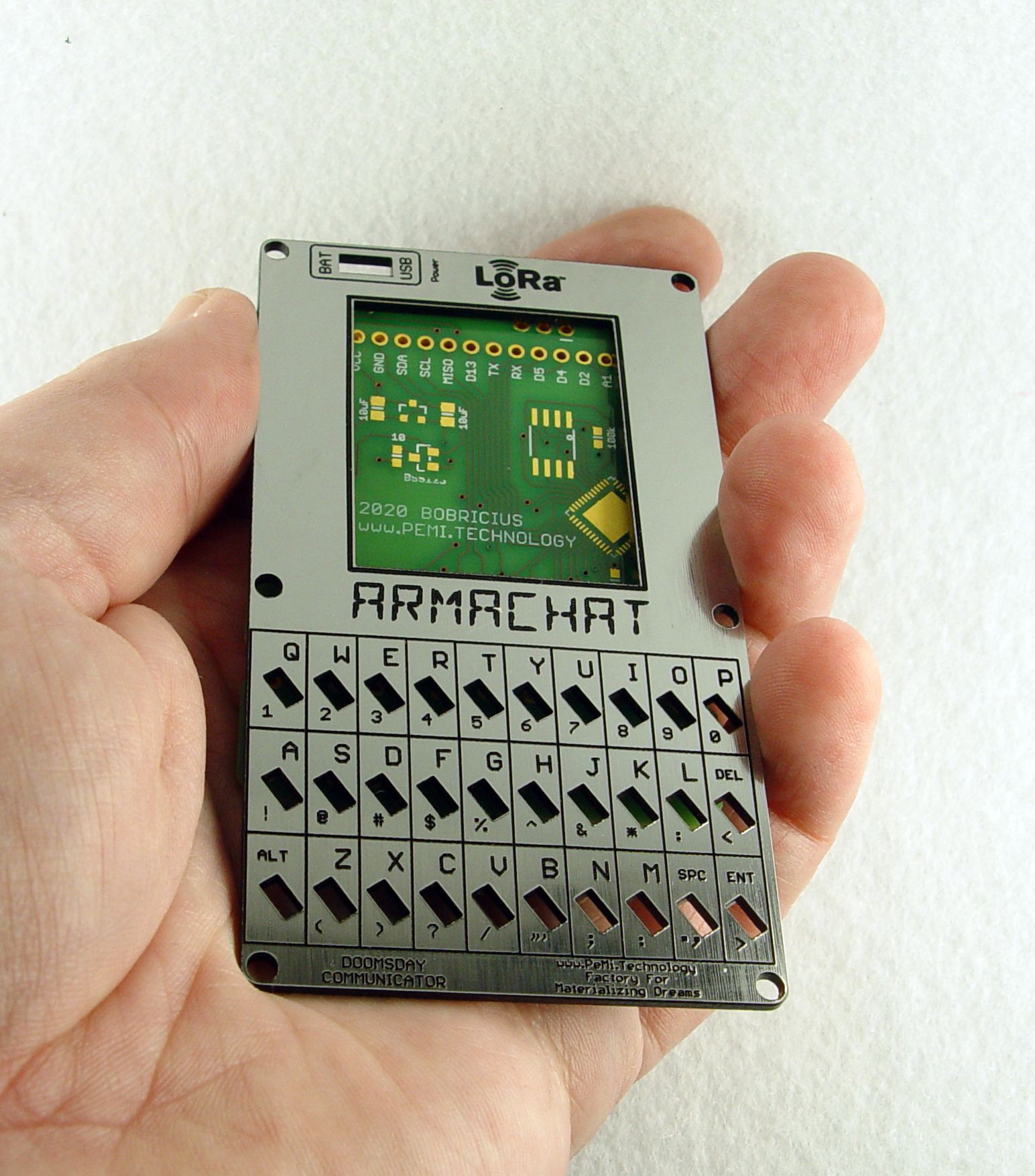


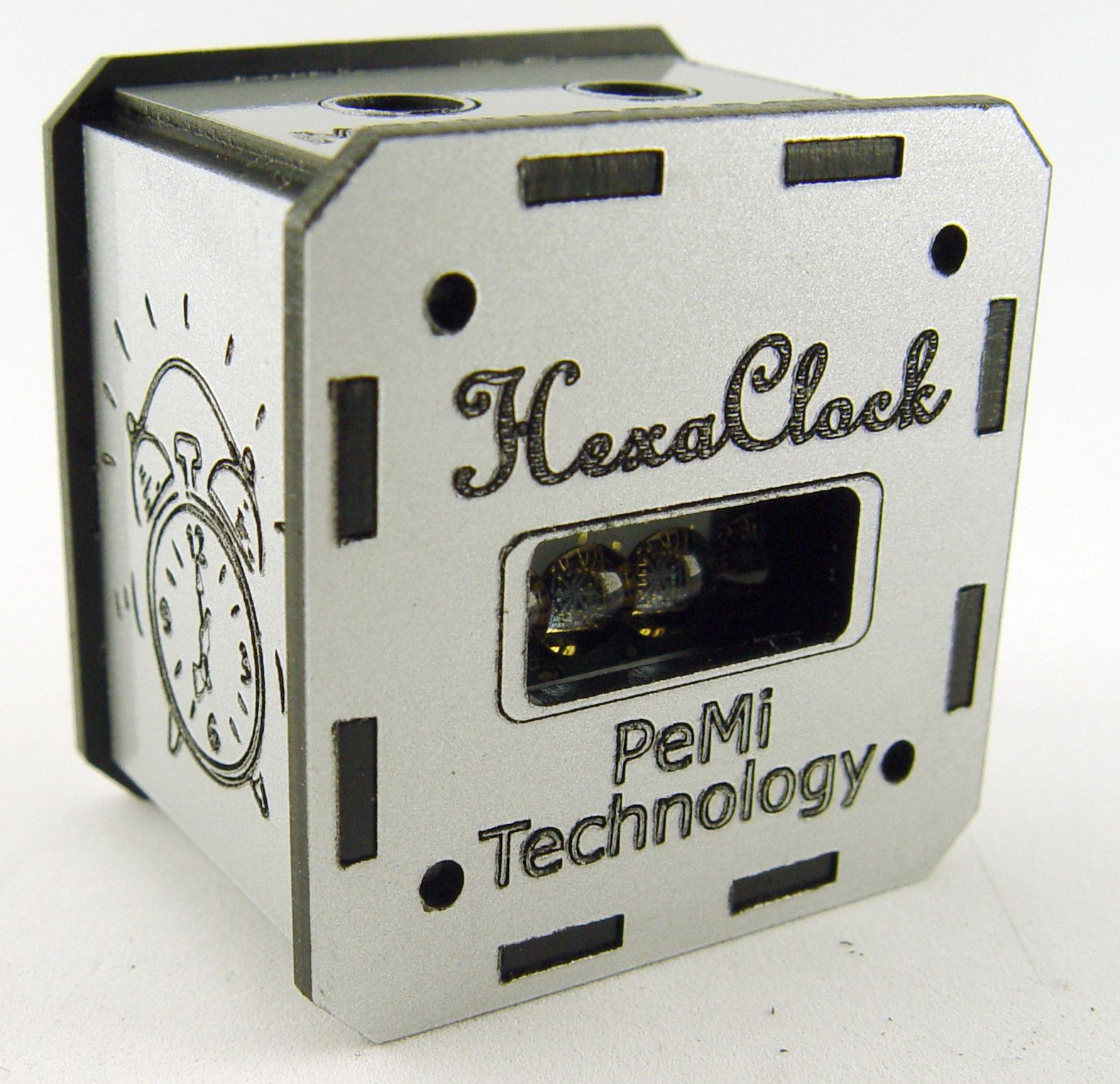





 rahmanshaber
rahmanshaber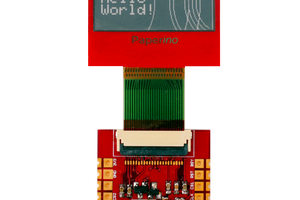
 Markus
Markus
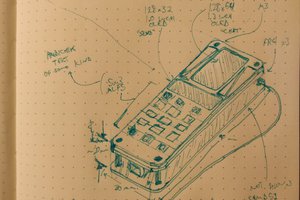
 zakqwy
zakqwy
Really great appearance and looks like fun! Is it only limited to 500M range though? Perhaps in a disaster you could scatter repeaters around, similar hardware but no screen perhaps, just some indicator LEDs and a couple of buttons.
Does it really need complicated hardware to flash a bootloader onto the pocket-version CPU? Can't one of the already-bootloaded chips program it? Programming MCUs is usually just a matter of asserting one or two pins, before or after putting the address and data onto their busses. Just toggling pins in the right order, essentially. I'd be amazed if there weren't existing Arduino projects to program bootloaders onto blank chips, although possibly only for the AVR versions.
I know you didn't ask, but... a mono LCD with a switch for the backlight might save lots of power. Or even the Sharp memory LCD that only uses power to alter the display, none at all to retain it. For slow-moving things like text it'd be well suited. Might not suit all your needs though.
Hm talking of gateways, maybe you could set up a gateway to IRC or whatever the kids are chatting over these days. If they still do text chat. None of those stupid smiling pile of crap icons! It would be fantastic if, however it's done, this could enable international chat, for free, and so simply.
I really like the way this looks, it's really neat and compact, no wasted space, all functional. Maybe you could make a micro-version to wear on your wrist, your wife can call you in when you're out in the shed inventing things!
As for the Chinese selling cheap clones of your design, I'd welcome it. I don't think this is something that's going to make your fortune. If you were serious about that you'd need to set up proper manufacturing as a real business. Me, I'd be happy having invented it, if there were people all round the world with copies they bought affordably, all able to chat with each other. Saves you the bother of being an underpaid solder-monkey. If you want to make money there's better ways than hobbies, and hobbies are more fun.